Threads of Peru: Textile Artisans of Cusco
The remote highland communities of Cusco have a unique language embedded in the distinct cultural dress to record historical events and describe their surroundings. Not for profit organisation Threads of Peru is bringing these stories to the world.
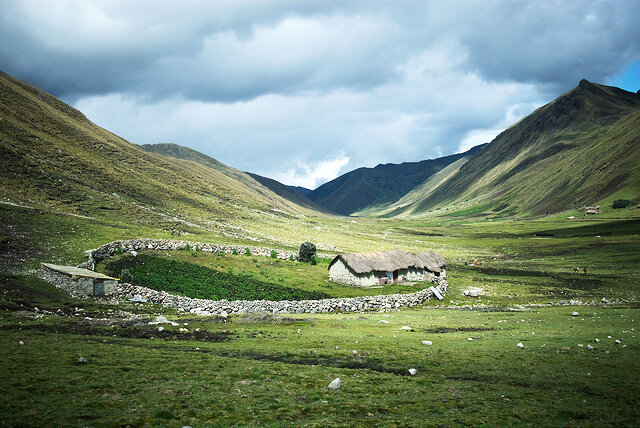
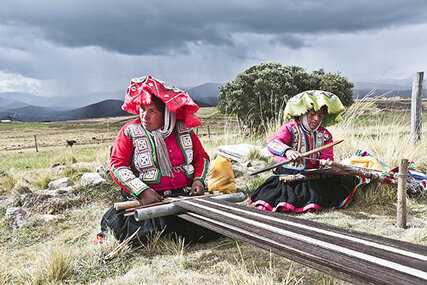
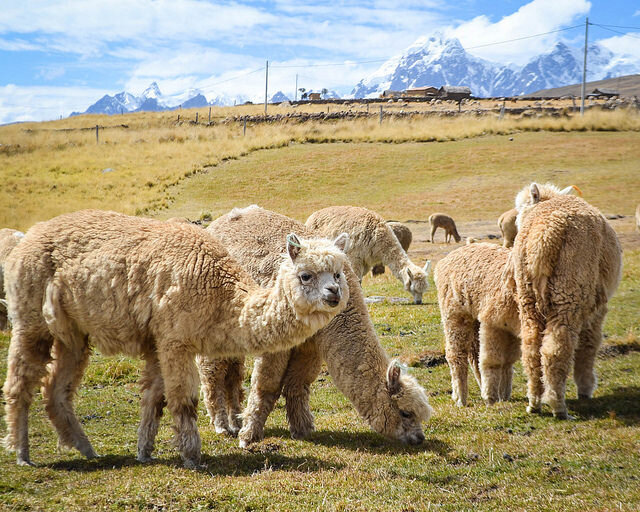
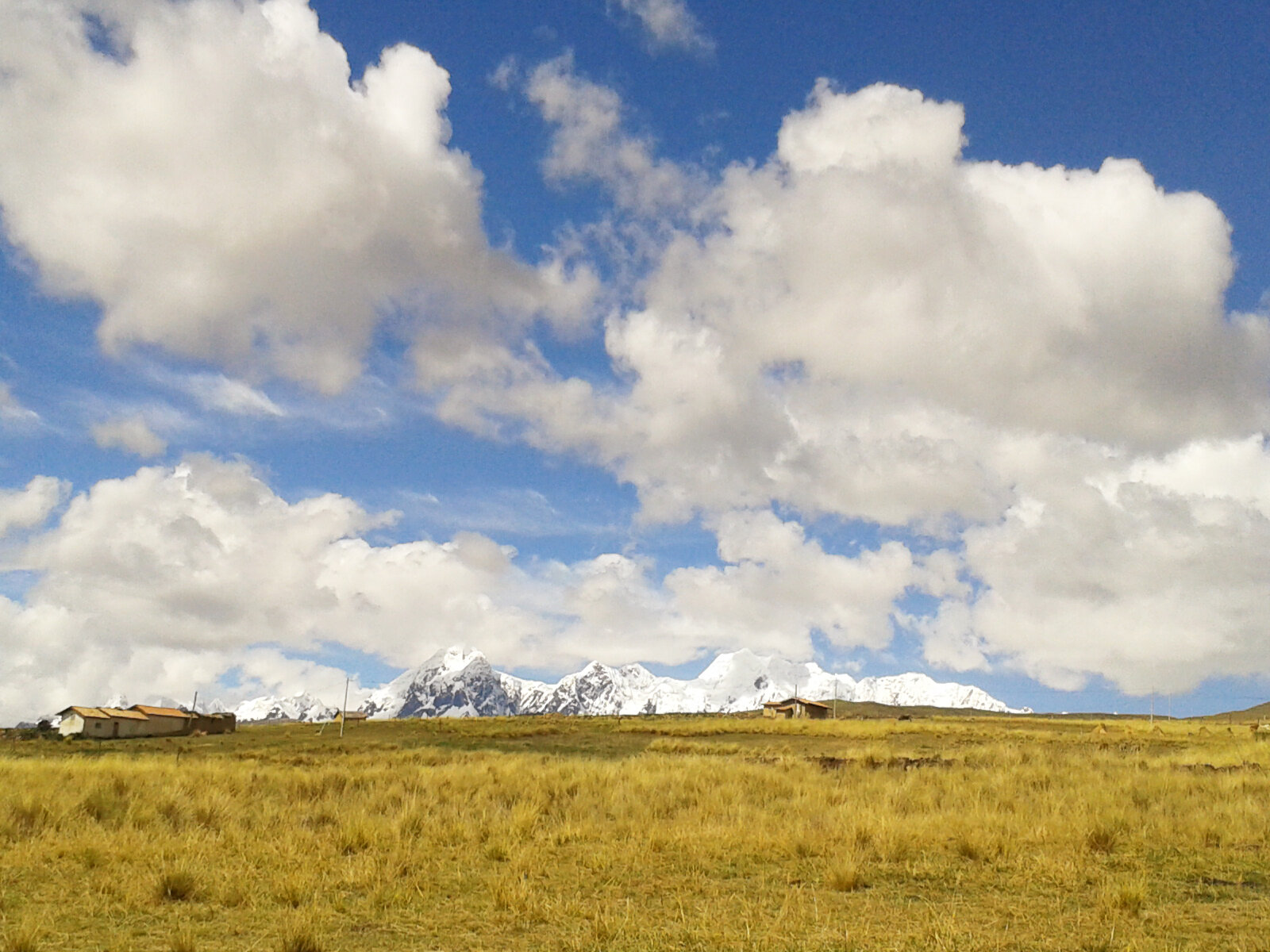
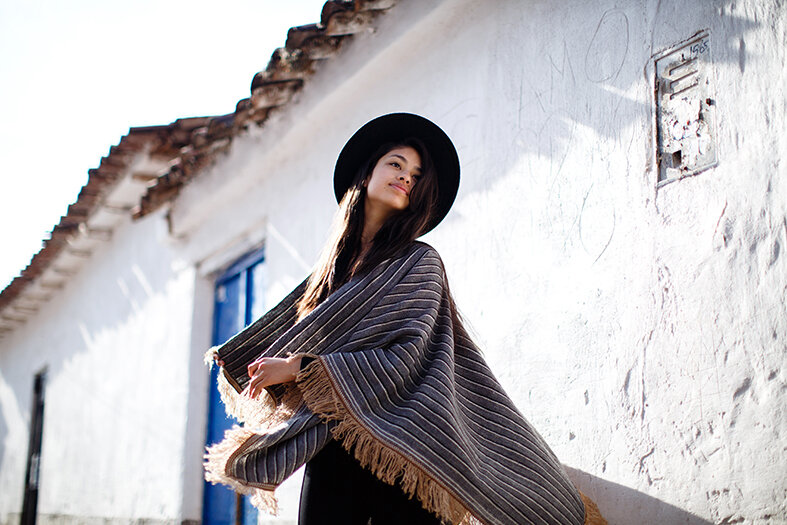

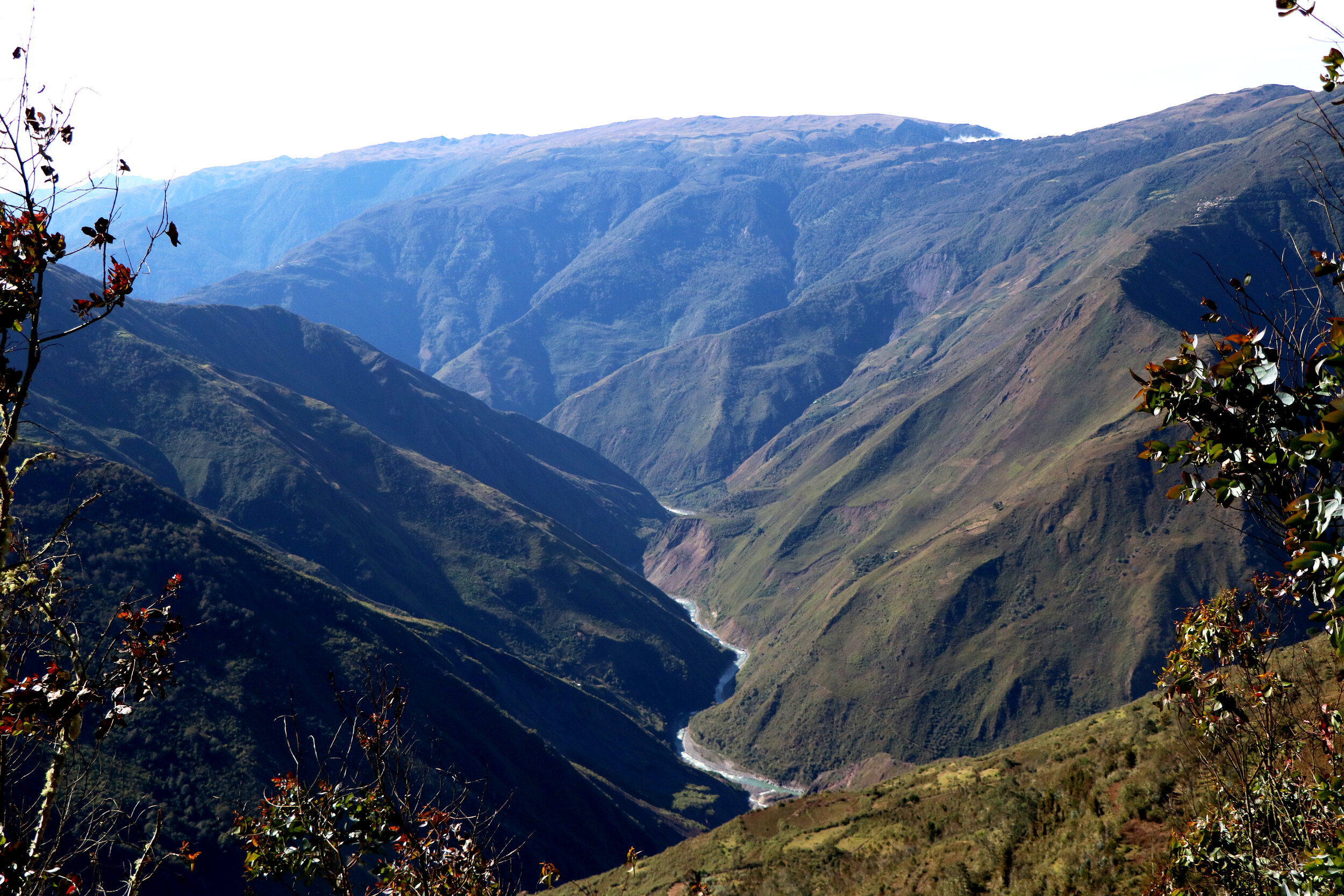
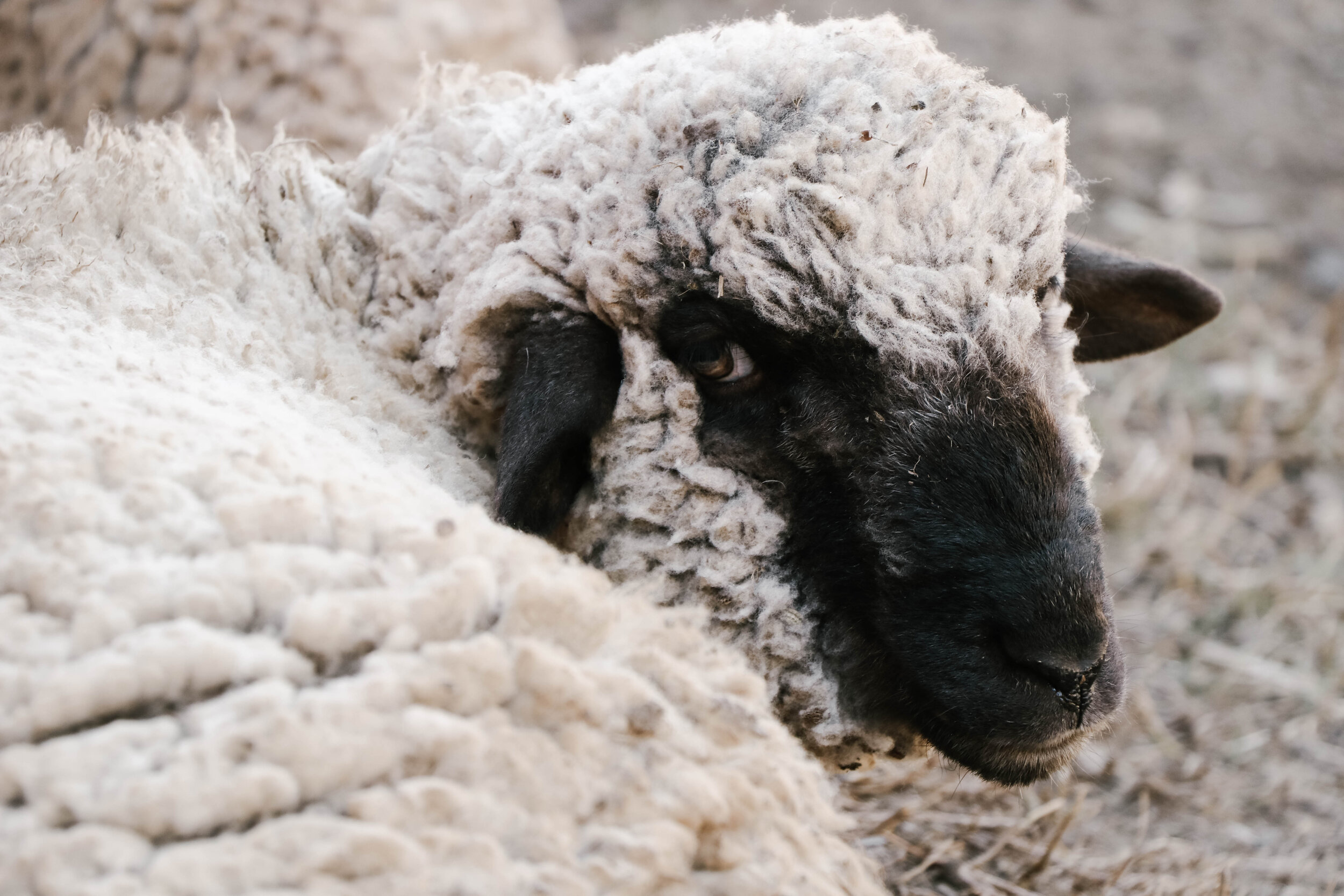
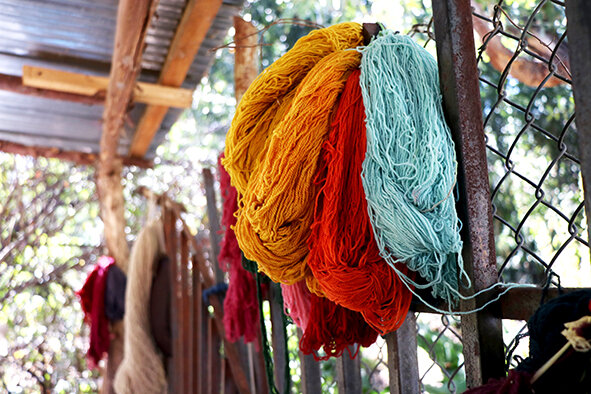
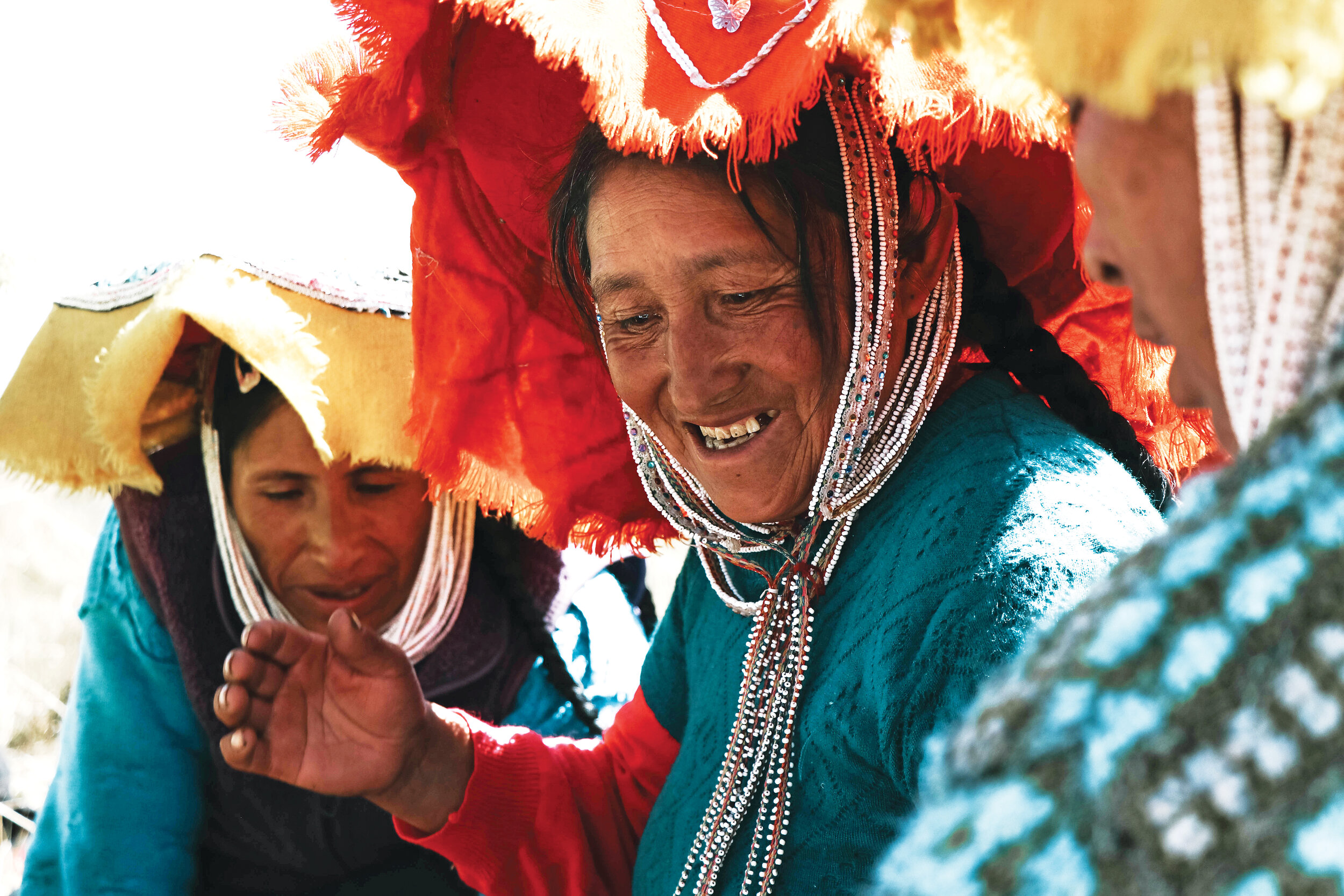


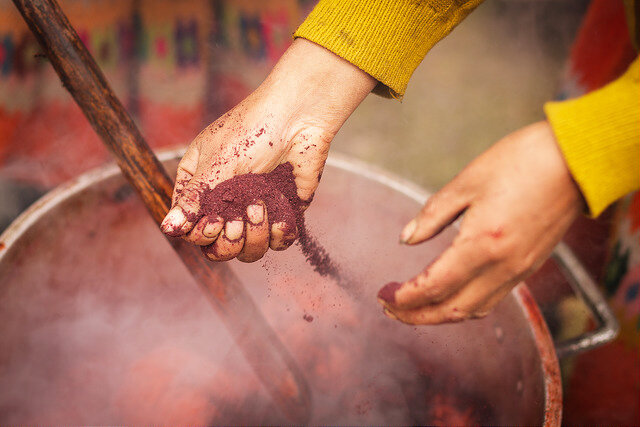
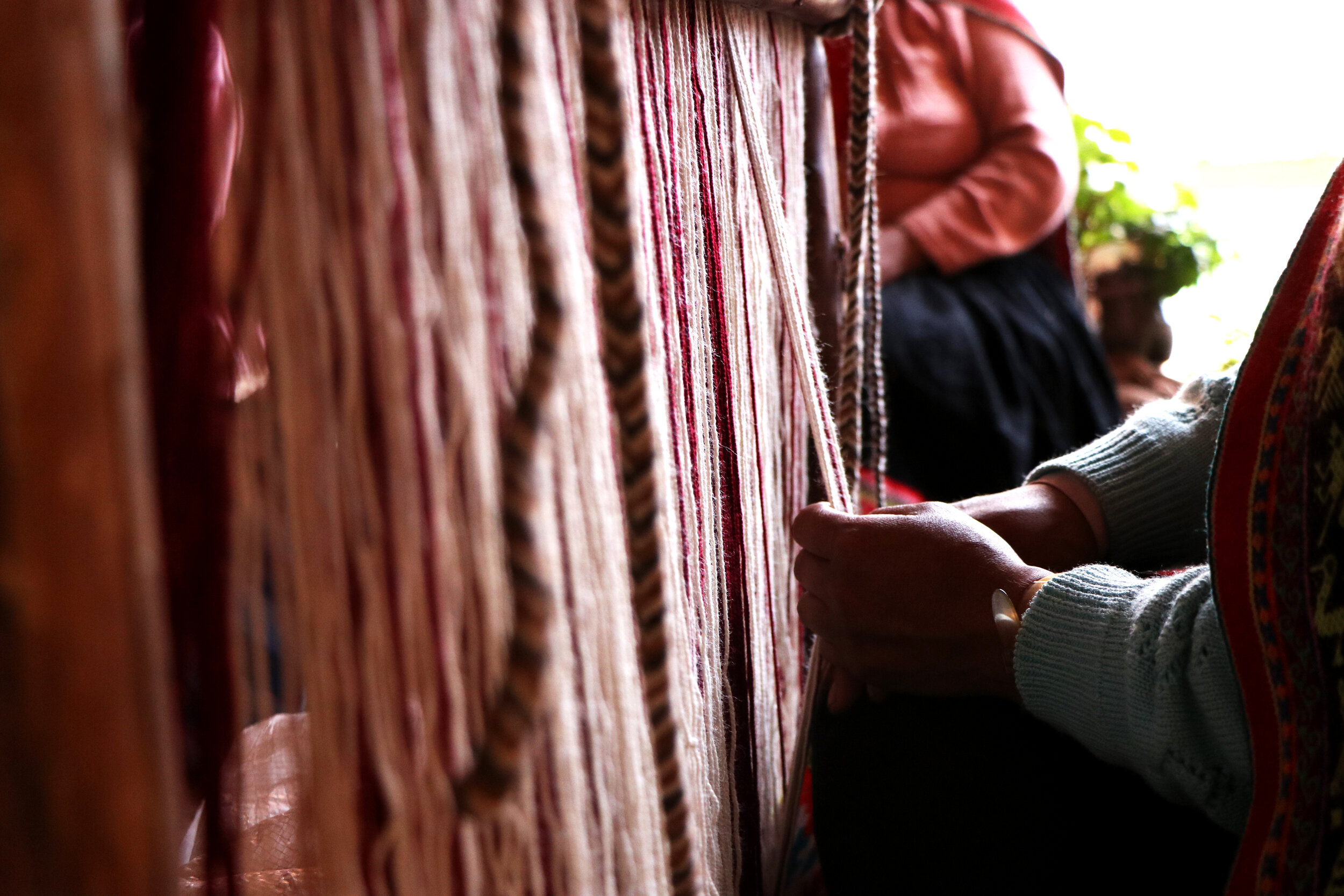
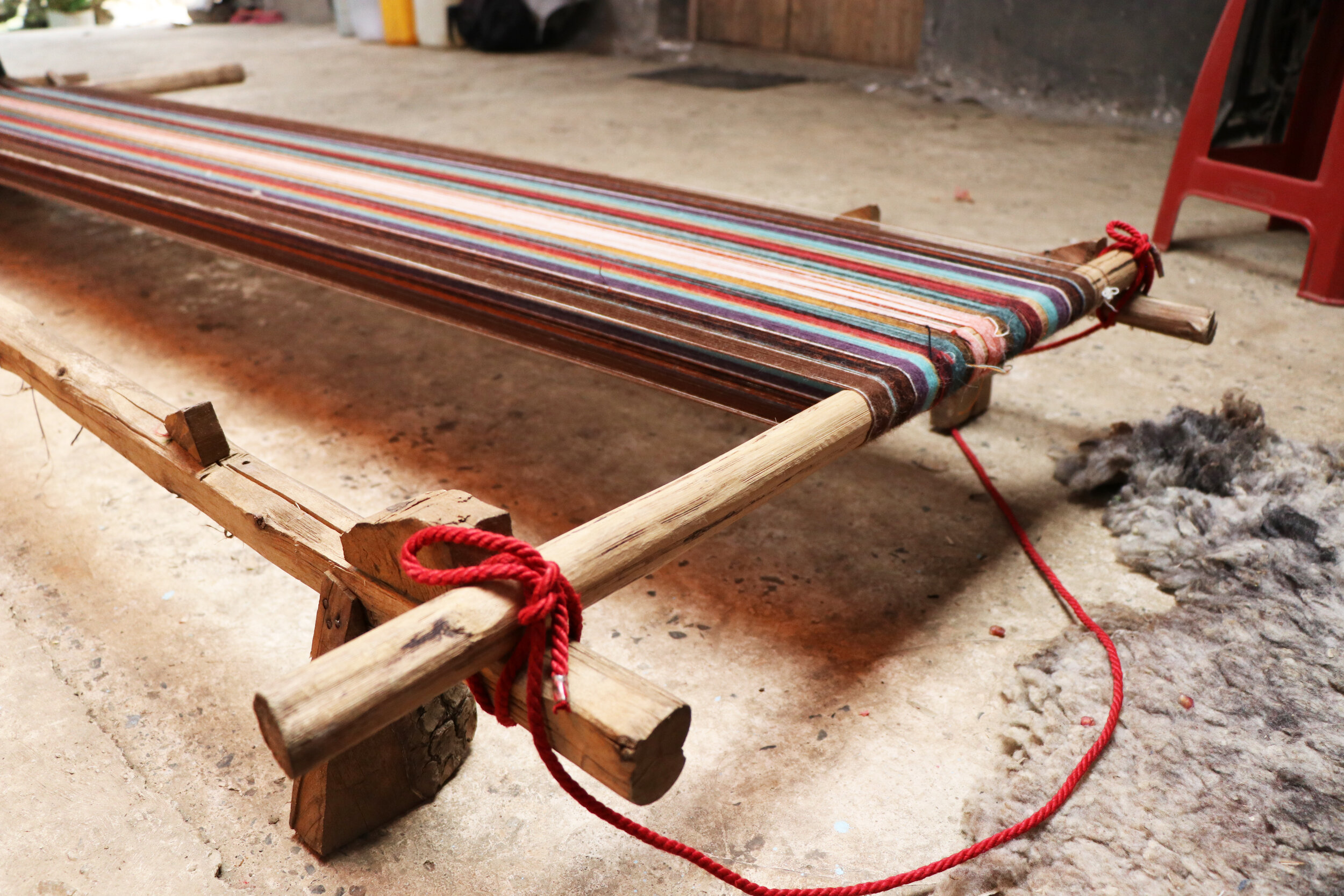


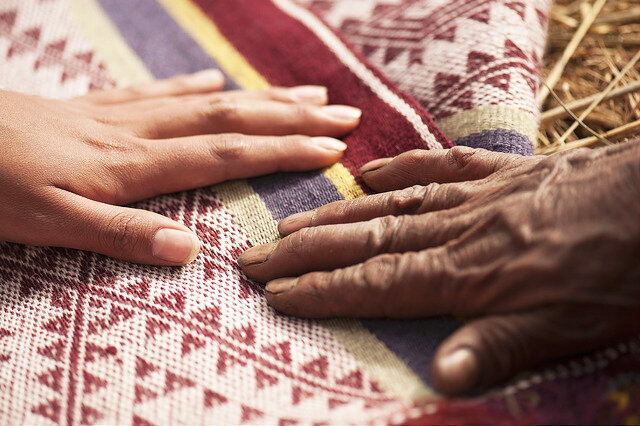
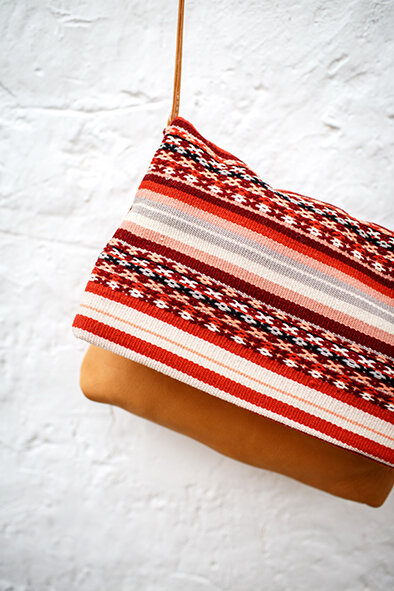
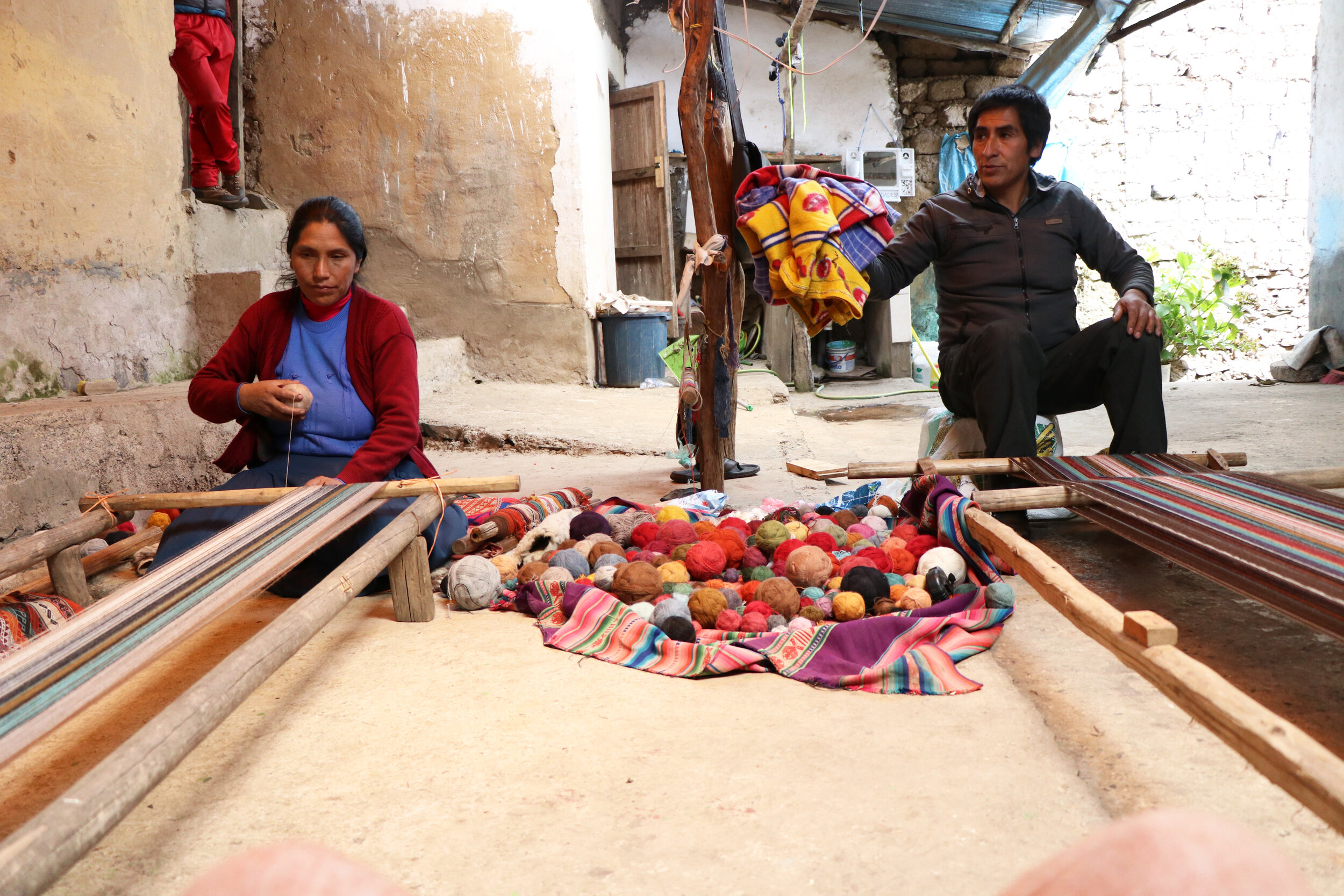
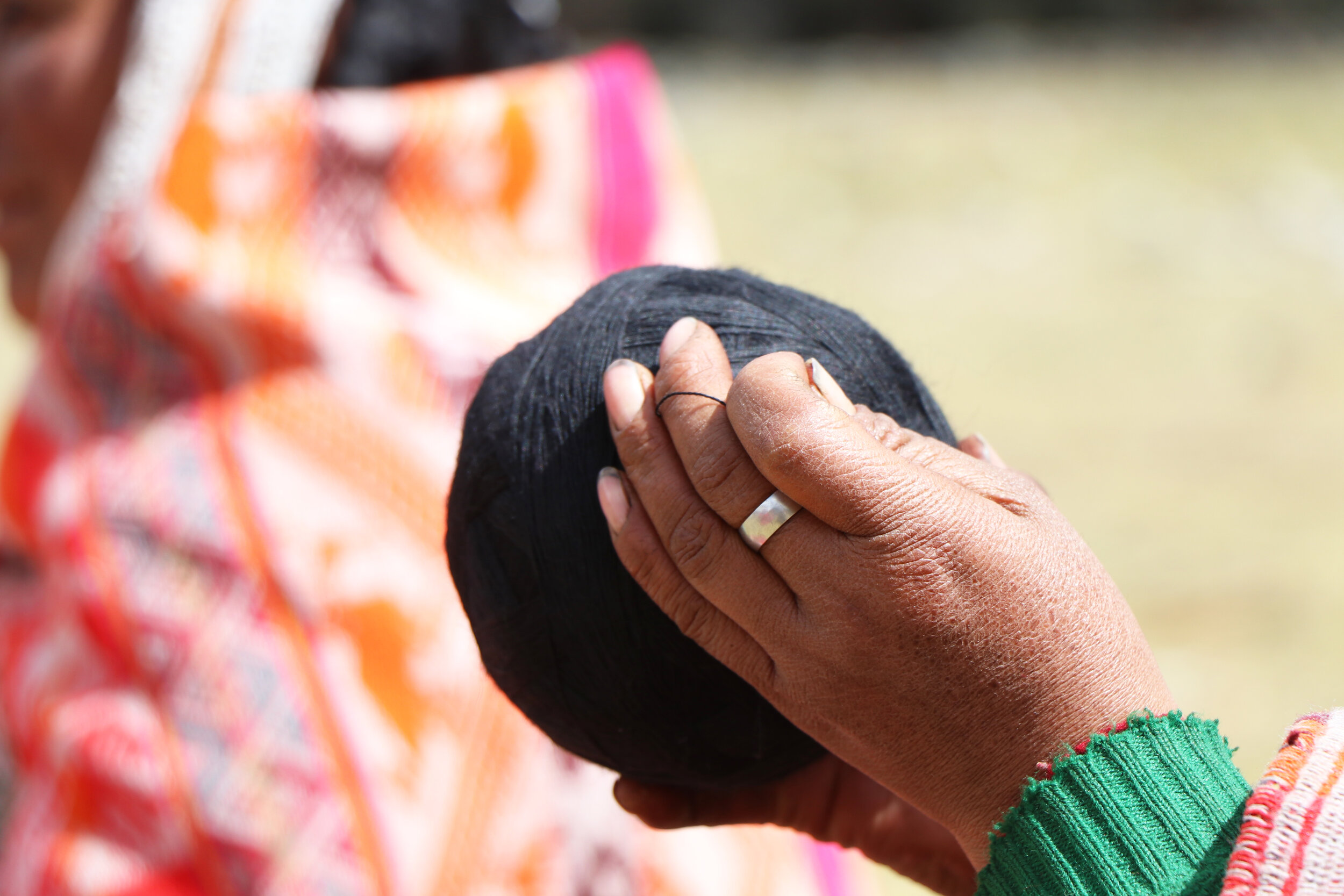
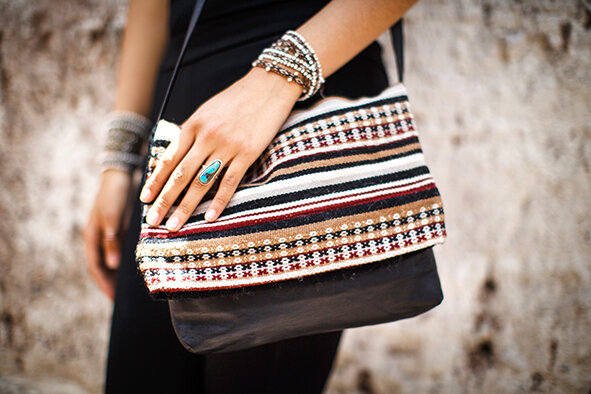
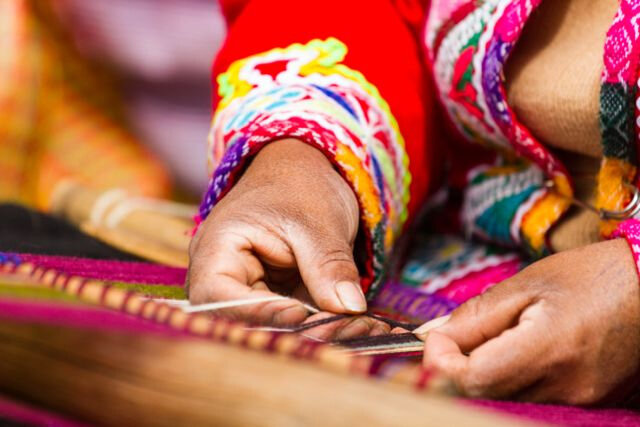
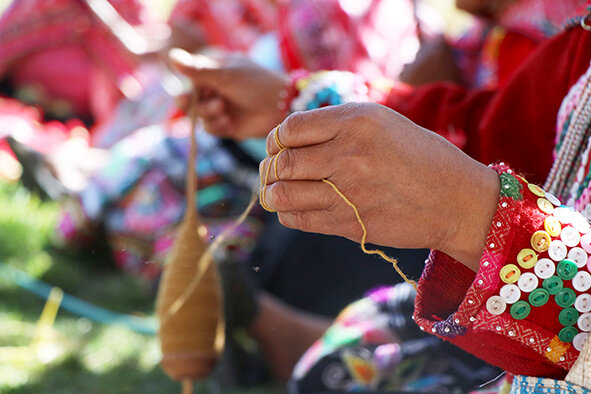
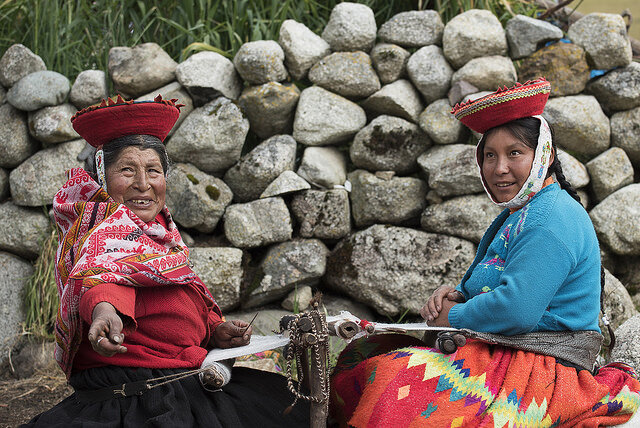
Founder of Threads of Peru, Sarah Confer in Upis with Ruperta Condori Merma.
ARTISANS THREADS OF PERU & PARTNERING ARTISANS from cusco | INTERVIEW WITH SArah CONFER, (director, THREADS OF PERU) | PHOTOS THREADS OF PERU | DESTINATION PERU
HOW AND WHEN DID ‘THREADS OF PERU’ BEGIN?
Threads of Peru was formed in 2009. The year before, Apus Peru Adventure Travel Specialists, a local travel agency in Cusco, worked with a group of design students from Halifax, Canada to create a website to promote the woven work of the women in the communities where Apus Peru operated trekking routes. This collaboration was called Project Peru. The project was so successful and so inspiring that two members of the design team and the co-owners of Apus Peru joined forces to found a non-profit organisation in Cusco called Threads of Peru. Since then, Threads of Peru has continuously evolved, improving the quality and design of the textiles produced, and helping the weavers hone their skills.
WHAT DO YOU LOVE ABOUT PERU?
What don’t I love?! There’s just something in the air about this place, it’s a bit hard to put your finger on. The people are incredibly warm and generous, and the culture so vibrant. Almost every day it seems, there are groups performing traditional dances in the main square, or saints and other religious figures being paraded down the street. The landscape is breathtaking – imposing mountains towering over verdant valleys. There is a richness to life here that seems one of a kind.
WHAT IS THE PHILOSOPHY AND MODEL BEHIND THIS ENTERPRISE?
Threads of Peru’s mission has three pillars: to strengthen cultural traditions; empower indigenous artisans; and connect global cultures.
Threads of Peru seeks to alleviate poverty and revitalise cultural traditions in rural indigenous communities by providing sustainable markets for their incredibly fine textiles. Our commitment is to breathe life once again into the incomparable value and knowledge of natural fibres, natural dyes and backstrap weaving only found in this awe-inspiring corner of the world. By marketing the work produced by weavers in these communities, Threads of Peru is providing an opportunity for women to earn supplementary income while continuing to live a traditional lifestyle and care for their children. We dream that this will inspire young Quechua men and women to take pride in their cultural heritage and pass it along for centuries to come. We also aim to educate the global community about the value and unique beauty of Quechua weaving as well as how to be conscious consumers. The overall mission of Threads of Peru is concretised by reaching global citizens and communicating the importance of socially conscious investment.
We believe in providing a more sustainable future for the textile and clothing sector, linking fashion with awareness and responsibility. We work hand in hand with artisans to create beautiful, handcrafted, natural accessories and home textiles, each piece carefully woven one at a time according to centuries of tradition. Our products foster ecological and cultural integrity, as we focus on producing unique pieces from 100% natural materials.
WHERE ARE THE ARTISANS BASED AND HOW MANY ARE INVOLVED IN THE ENTERPRISE?
We work with artisan associations in seven communities in four different regions around Cusco. These are mostly remote highland communities, located between one and four hours away from Cusco. Although these are all Quechua-speaking, indigenous Andean communities, each region has a distinct cultural dress and is known for specific weaving techniques or traditions. In total, we work with about 120 individuals, mostly women.
CAN YOU DESCRIBE THE CULTURAL HERITAGE BEHIND WEAVING IN PERU?
The tradition of weaving stretches back through 5,000 years of history in Peru, from the coastal cities of Paracas and Nazca to the high Andean peaks of Cusco and Ayacucho. It is an ancient practice that was once invaluable to survival and social hierarchy. Today, backstrap weaving is still an incredibly important component of identity in the high Andes, as much as traditional alpaca herding and the native Quechua language.
The weaving tradition embodies a wealth of traditional knowledge, from techniques of spinning and weaving, to which plants are useful for dyeing – when and where they grow, and how to prepare them – as well as the range of symbols particular to a community and what they mean to that community. All of this knowledge is embodied within the individual and collective community, and nowhere else. If it is not passed down from one generation to the next, it will simply be forgotten.
Weaving is at the very core of the Quechua culture, shaping personal and regional identities, and acting as a form of inter-regional communication. Some people vest their entire sense of personal identity in their occupation as a weaver, stating that without weaving they would no longer have an identity.
Textiles are literally a language here. Quechua was traditionally an oral language, so textiles were a means of conveying thoughts and impressions about one’s surroundings, and also of recording historical events. Everything from the spin of the fibre, to the selection and placement of colours and the combination of pallays (woven symbols) themselves has a role to play in conveying meaning.
DO YOUR ARTISANS PRODUCE A SPECIFIC AND TRADITIONAL TEXTILES INDIGENOUS TO PERU?
Yes. While backstrap loom weaving is practiced in many countries around the world, the Andean style is unique. The elements that distinguish Andean weaving from other traditions of backstrap loom weaving include the techniques employed, the designs created, and the materials. In the Andes, weavers use sheep wool or alpaca fibre; colours are derived from locally available plants, minerals and insects; and they create designs and design combinations that are unique to the region – even, in fact, unique to the community where they live. These textiles tell an Andean story, the story of where they are from.
CAN YOU DESCRIBE HOW PERUVIAN WOMEN LEARN THE CRAFT AND HOW IT IS PASSED FROM GENERATION TO GENERATION?
Girls – and sometimes boys – start learning the basics of the textile process from a very early age, as young as five years old. It starts with spinning, and once they master that art, they then move on to weaving simple, narrow belts. A narrow belt consists of just one pallay, and, one by one, they master as many of the core pallays as they can. Once they become more adept, they will start to weave wider textiles that incorporate more than one pallay at a time, in different combinations. And as they grow in skill, their weavings will get more and more complex until they are able to complete a full-size manta (a blanket or wrap-around dress), which is considered the pinnacle of a weaver’s ability.
The traditional way of learning is simply to watch and practise. An elder might start a weaving for the younger person, completing one full repeat of the design while the young person watches. Then, the belt is turned over to them to try to replicate the design in a second repeat – which is done by watching and counting the yarns. All the while the teacher observes and makes corrections as necessary. By the time they finish one belt, they’ve mastered that design, memorising the pattern. And then they move on to the next, steadily increasing their repertoire.
ARE THE FINAL DESIGNS TRADITIONAL OR INDIVIDUAL INSPIRATIONS BY EACH ARTISAN?
The woven designs called pallay, are handed down generation to generation, and some of them date back to pre-Incan times. All of the pallay used in our textiles are traditional designs. The combination of pallay and the overall design of the product may be the result of the artist’s own creativity or designed by us. Same with colours – we only work with natural dyes, and some textiles feature colour combinations inspired by the artisans, while others form part of a broader palette designed for a particular collection. We aim for a balance between tradition and modern design.
CAN YOU DESCRIBE THE METHOD AND TOOLS USED?
Andean backstrap loom weaving is a long and labour-intensive process. Many steps are involved to create a single piece, from start to finish, from fibre preparation to yarn spinning, dyeing, warping and, finally, weaving.
SPINNING After shearing fleece from a sheep or alpaca, and cleaning the fibre, it is spun into a fine yarn using a drop-spindle. Drop spindles are the oldest tool used for making yarn, and consist of a wooden stick with a weight (in this case, a wooden disk) at one end. Weavers clasp the stick in their hands and give it a spin, letting it hang freely as it spins. The energy and twist from the spinning motion of the spindle travels into the fibre, twisting the fibres together to form yarn. The weaver simultaneously draws the fibre out to control the thickness and evenness of the yarn. With each spin of the drop spindle you can form about 50cm of yarn. This spun length of yarn is then wound around the spindle in preparation for drawing out and spinning the next section. Spinning is the most time-consuming aspect of the weaving process, and can comprise up to 60% of the time involved in producing a finished product. It is also a very fine art! It is difficult to master the drop spindle, for which reason most people start learning at a very young age.
PLYING After spinning, yarns need to be plied.This is a process that is also done with the drop spindle. Two spun yarns are essentially twisted together to form a slightly thicker, much stronger and more balanced yarn. Yarn needs to be strong enough to withstand the rigours of the backstrap loom, and so even prepared yarn passes through this step – called k-antiy – in order to be ready to weave.
DYEING In the Andes, there is a history of using locally available plants, minerals and insects to impart colour to animal fibre. This usually involves collecting the materials necessary, preparing them for use (for example, drying and grinding the leaves), and then adding them to boiling water in various quantities and combinations in order to produce a myriad of different shades.
WARPING Once a selection of yarn has been prepared, then it can be used to set up a weaving. The weaver must know ahead of time what she is going to make: what size and shape the final product will be, what colour combinations it will use, and most importantly, which designs she will weave into it. This will affect the number and order of yarns used in the warping process. Depending on the length, warping can be a two-person job. Wooden stakes are hammered into the ground some distance apart, and the women toss balls of yarn back and forth, wrapping the yarn around the wooden bar at each end, until the all the yarns are in place. Once these warp yarns are all laid, the heddles must be attached and the shed created by tying additional yarns onto and around specific
warp yarns.
WEAVING Once that's finished, one end of the warp is attached to the ends of a strap that goes around the weaver’s waist, and she can begin weaving! The textile is woven row by row: the weaver selects each individual warp yarn by hand, picking up certain yarns while dropping others, and then passes the weft yarn through the space (shed) created between these upper and lower layers of warp yarns. This secures the particular selection of warp yarns in place. The heddles are used to change the shed and the yarns tamped down with wooden or bone tools to ensure a tight and compact weaving .... then the second row is begun, selecting each yarn necessary for the next line of design. Everything in our in-house collection passes through these steps, followed by a final wash for added softness. For made-up products, woven textile is taken to a local tailor in a nearby community to be sewn up into bags, change purses, pillows and more.
Threads of Peru is a not-for-profit social enterprise that connects the world to handmade, textile treasures of the Andes. This video shares the unique artisan culture and communities found in Peru.
SHIBUI & Co. would like to thank Threads of Peru and their artisan partners for sharing their beautiful story with us.
threadsofperu.com
@threadsofperu
cultural textile tour
with Threads of Peru and in partnership with Traditions Mexico
May 17 to 28 - 2020
A Unique Intro to the Textiles of Peru
Threads of Peru are excited to offer an exclusive 12-day textile tour in partnership with Traditions Mexico. Join us as we visit nearly every weaving association that Threads of Peru works with, learning about the Andean weaving tradition as we go. You will see landscapes and cultural dress change as we travel to little-visited corners of the Andes, learn about all aspects of the weaving process and even do some hands-on activities.
For more details please click on the image below.




